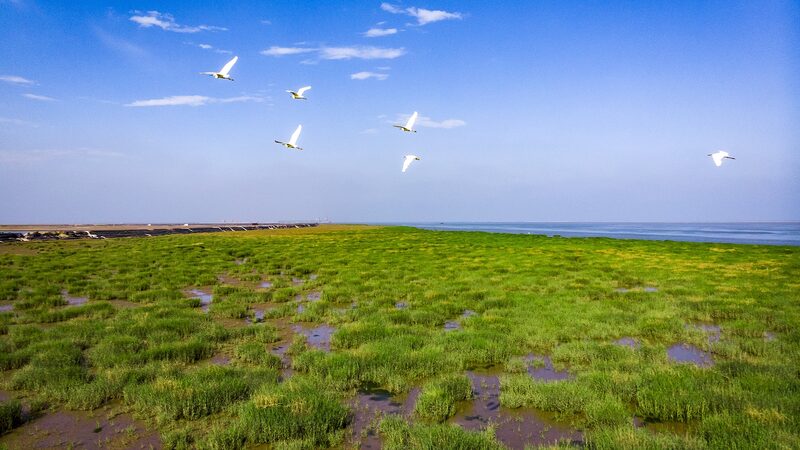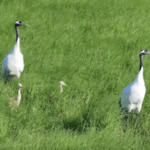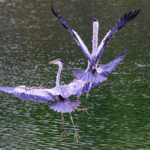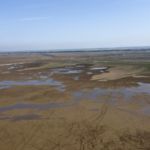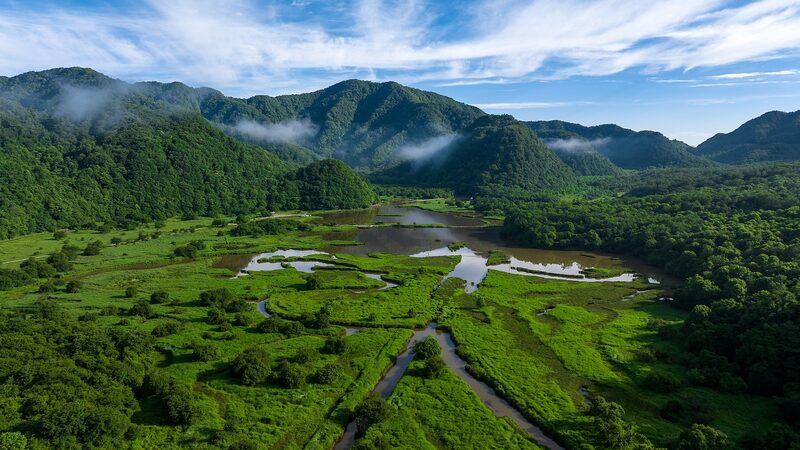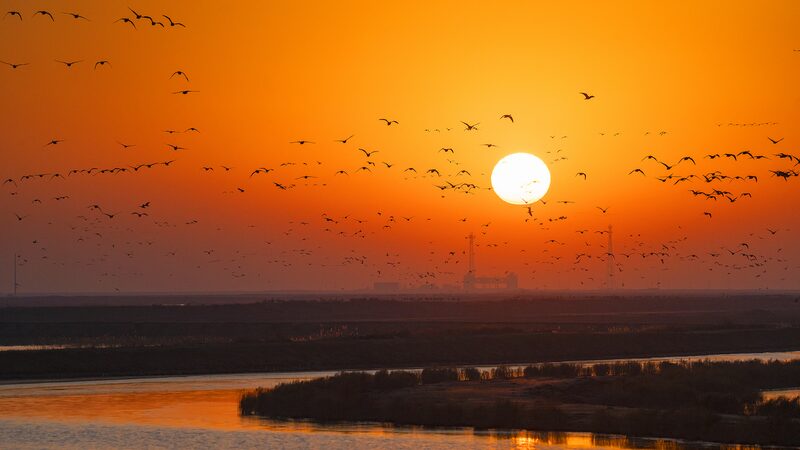As autumn hues paint the skies, millions of migratory birds soar across Asia's diverse landscapes, connecting ecosystems from Siberia's tundra to Southeast Asia's tropical wetlands. World Migratory Bird Day, observed on the second Saturdays of May and October, spotlights these aerial navigators and the urgent need for cross-border conservation efforts.
This year's theme – 'Shared spaces: Creating bird-friendly cities and communities' – resonates particularly in Asia, where rapid urbanization intersects with critical migration routes. 'These birds don't recognize national boundaries,' explains ornithologist Dr. Li Wei. 'A crane resting in the Korean DMZ today might forage in the Yellow Sea mudflats tomorrow, then winter in the Yangtze River basin.'
Urban planners across the region are implementing innovative solutions, from Singapore's skyrise greenery to Japan's light pollution reduction initiatives. Meanwhile, traditional practices like India's community-managed wetlands demonstrate ancient models of coexistence.
For investors and policymakers, the economic argument strengthens: The East Asian-Australasian Flyway alone supports over 50 million migratory waterbirds, while birdwatching tourism generates $800 million annually in the Asia-Pacific region.
As dusk falls over Beijing's Olympic Forest Park, amateur photographer Zhang Ming captures the moment: A flock of northern pintails gliding past joggers and office workers. 'They remind us,' he says, 'that nature's rhythms continue, even in our busiest cities.'
Reference(s):
World Migratory Bird Day: Aerial visitors over lands and waters
cgtn.com

